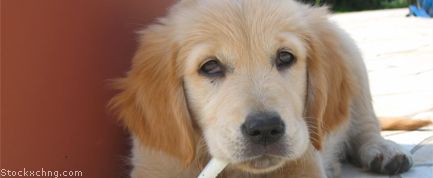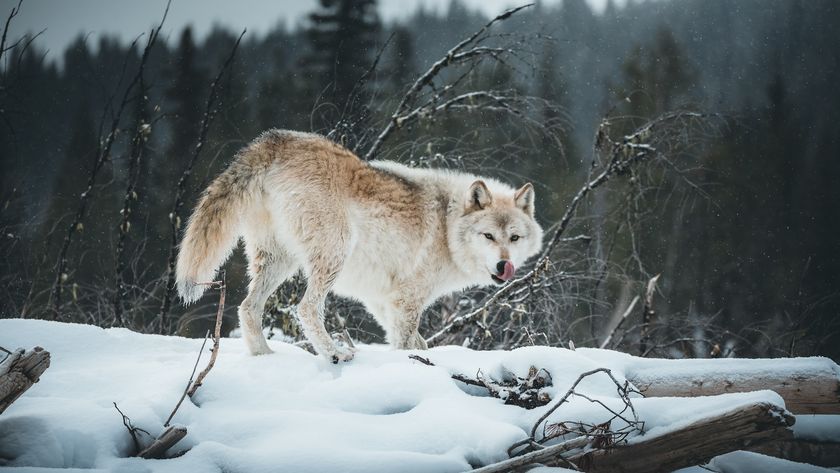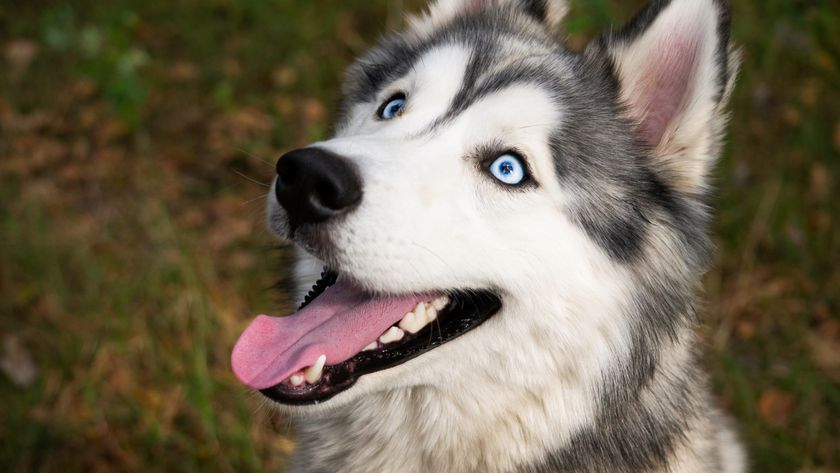Dogs Do Well on Computers

They sport bejeweled chokers, lavish in spa bubble baths and have their own leather-bag chauffeurs. And now our almost-human dogs might also try their paws at computers.
Four dogs strutted their stuff recently by using touch-screen computers to classify color photographs for a study of animal cognition.
"Using touch-screen computers with dogs opens up a whole world of possibilities on how to test the cognitive abilities of dogs by basically completely controlling any influence from the owner or experimenter," the University of Vienna, Austria, researchers write in the most recent online issue of the journal Animal Cognition.
Getting inside the brains of our canine pets has been frustrating for researchers, because a foolproof method for testing dog smarts has remained elusive. Until now, methods relied on the dog's owner or an experimenter to cue the animal, a variable that could influence the results.
Friederike Range and colleagues turned to computers. In order to test whether dogs can visually categorize pictures and transfer their knowledge to new situations, four dogs were shown landscape and dog photographs, and expected to make a selection on a computer touch-screen.
In the training phase the dogs were shown a landscape photo and dog photo simultaneously on a computer screen. When they nose-selected the dog, they received a treat.
To test whether the canines could transfer the learned info to a new situation, the researchers flashed onto the screens a different set of dog-landscape photographs. Sure enough, the four-legged subjects chose the dog photographs.
Sign up for the Live Science daily newsletter now
Get the world’s most fascinating discoveries delivered straight to your inbox.
Then, the researchers added a twist: The dog pictures were pasted onto the landscape pictures used in the training phase. In this test, the dogs had to choose between a dog-on-landscape image and a landscape-only photo. Good doggies … they aced the test, selecting the images that included dogs.
The results indicate, according to the authors, the dogs were able to form a concept of a "dog." Whether the dogs recognized the pup pictures as actual dogs, however, is unknown.
- Video: Doggie Smarts
- Vote for Your Favorite Pet
- Obsession With Pets at All-Time High
Jeanna Bryner is managing editor of Scientific American. Previously she was editor in chief of Live Science and, prior to that, an editor at Scholastic's Science World magazine. Bryner has an English degree from Salisbury University, a master's degree in biogeochemistry and environmental sciences from the University of Maryland and a graduate science journalism degree from New York University. She has worked as a biologist in Florida, where she monitored wetlands and did field surveys for endangered species, including the gorgeous Florida Scrub Jay. She also received an ocean sciences journalism fellowship from the Woods Hole Oceanographic Institution. She is a firm believer that science is for everyone and that just about everything can be viewed through the lens of science.













